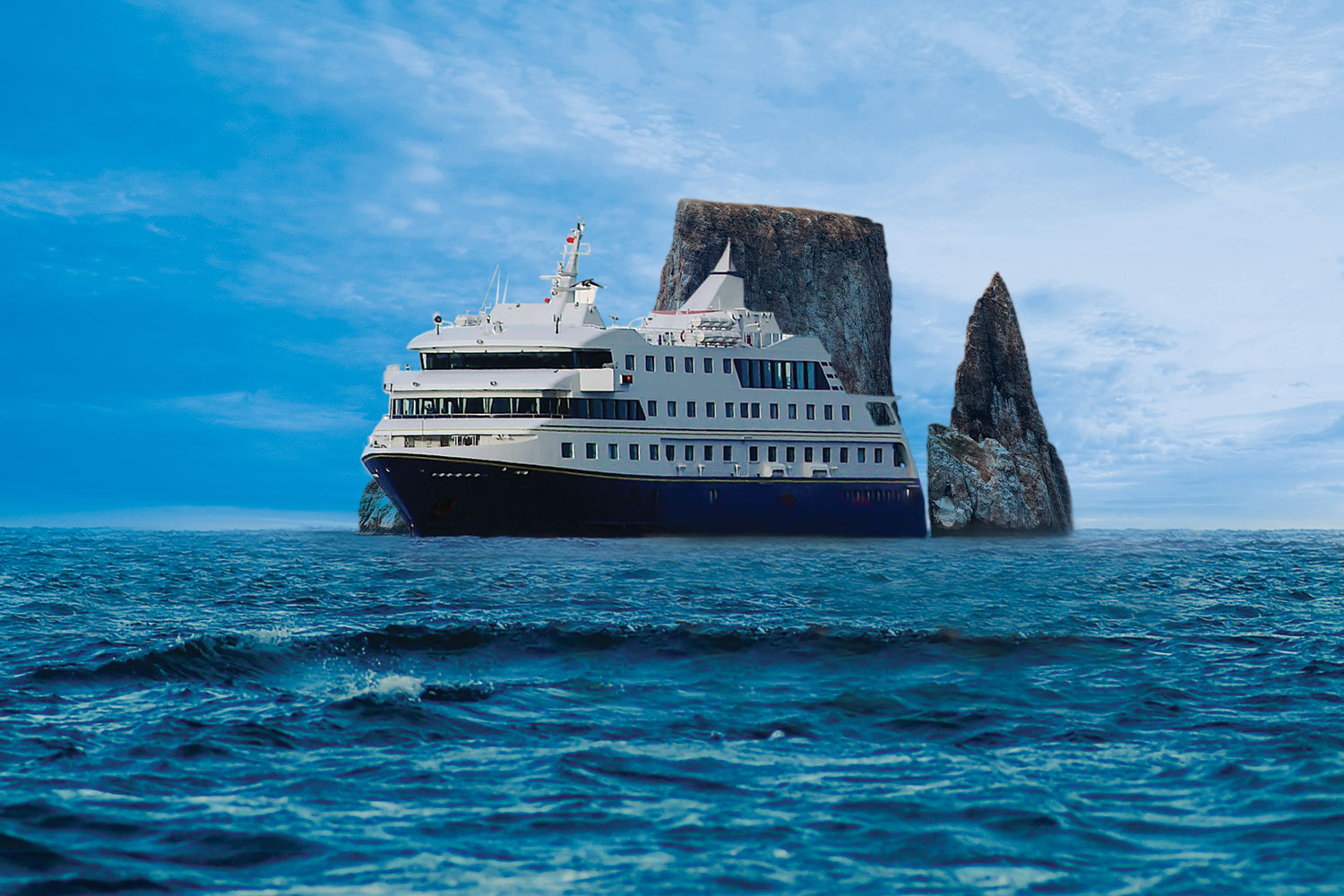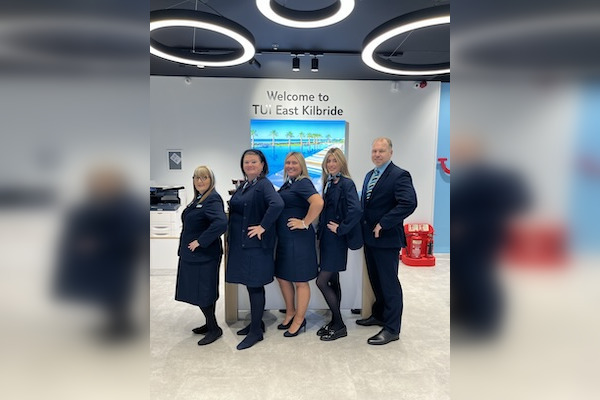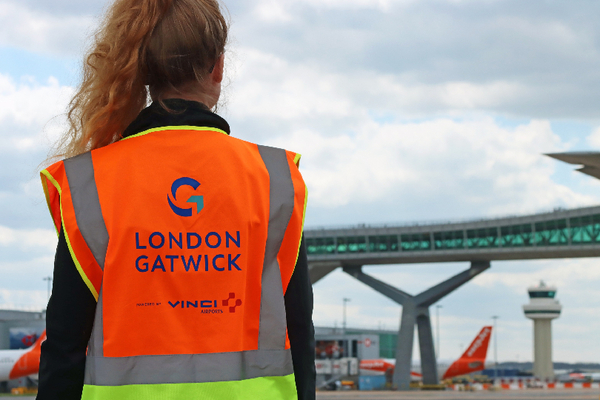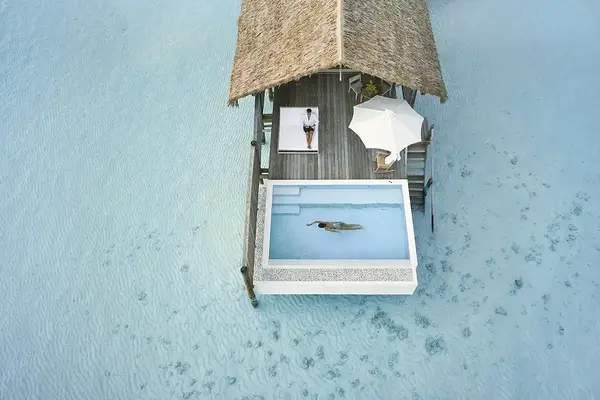Santa Cruz II sets sail in the Galapagos
 TTG Staff
TTG StaffMetropolitan Touring has replaced the original Santa Cruz ship with a new state-of-the-art vessel
Thirty-seven years after it first sailed in the Galapagos, Metropolitan Touring is retiring Santa Cruz I. From next month, it will be replaced by Santa Cruz II. But those who know and love the original ship need not be worried, executive president Paulina Burbano de Lara reassured me when we met in London a couple of weeks ago: “We know people are attached to the old ship. With its replacement, there will be benefits in terms of space and design, but all the Metropolitan Touring ethics will apply,” she said.
Santa Cruz II will have the same capacity – 50 cabins for 90 guests, and 60 crew. There will be inside and outside dining rooms and space to lounge on deck, so guests can soak up the sun while navigating between islands. It’ll be a more efficient model: “Santa Cruz I consumes 5,500 gallons of diesel every week while Santa Cruz II consumes 3,800,” Burbano de Lara explained. “There are no cabins with generators, engines or propellers directly underneath, so it’s quieter for guests.”
Alongside the investment in the hardware, there’s ongoing investment in the customer experience: “We were the first company to take expeditions to the Galapagos, so we have a real understanding of the destination.” Guides are trained in photography so they can help guests take better pictures, and astronomy so they can point out the stars. And there’s a chief medical officer onboard. “It’s a great insurance policy, especially when sailing to the more remote islands,” she said.
Metropolitan Touring has been a leader in sustainable tourism. It started a recycling centre on the island of Santa Cruz from scratch and ran it for 15 years, before handing it to the municipality. It’s now the largest recycling centre in Ecuador. Burbano de Lara said the company was looking for a similar project where it could add value, and in the meantime the focus was on education.
Last year, the company took 54 schoolchildren from the Galapagos in small groups on three and four-night cruises around the islands.
“It helps them to understand the need for conservancy and sustainability, and the need to learn languages [to talk to guests],” said Burbano de Lara. “Otherwise, they live in the towns and they don’t know about the archipelago.”
This strategy helps turn the human population from a hindrance into a solution: “One of the first students we ever took onboard is now one of our guides,” she said. “We want to employ more people from the Galapagos and the only way to do that is educate them from a young age.”
Sign up for weekday travel news and analysis straight to your inbox

TTG Staff
Supplier Directory
Find contacts for 260+ travel suppliers. Type name, company or destination.














